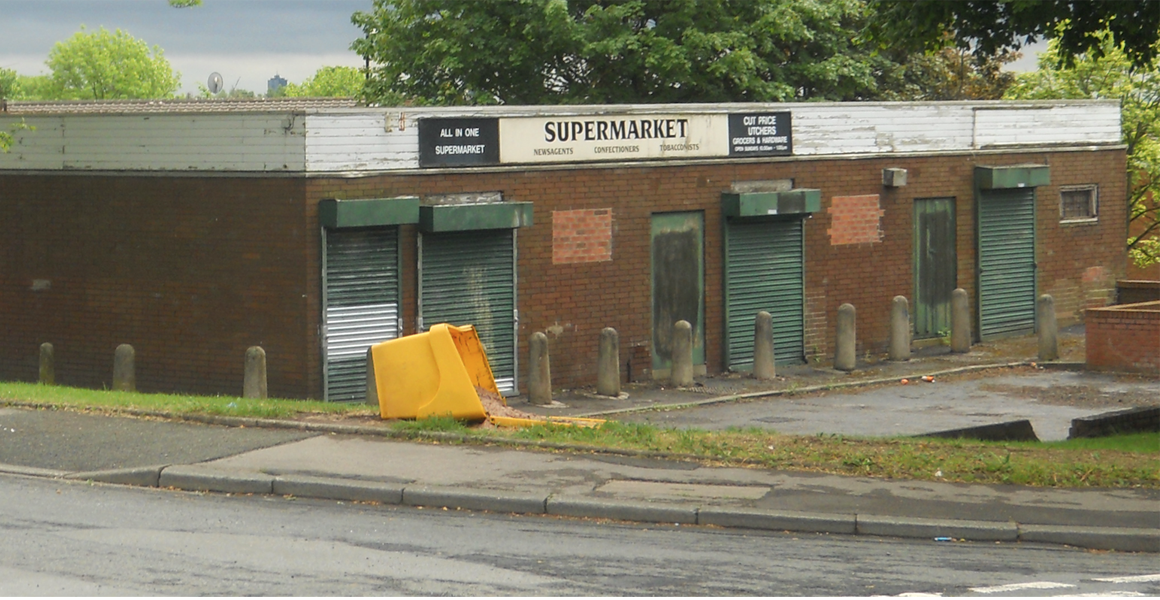The total number of convenience stores in the UK fell by more than 1,000 during 2018 according to a new report released by the Local Data Company (LDC).
Net convenience store losses increased by 32% from 806 in 2017 to 1060 in 2018. LDC’s head of retail partnerships Lucy Stainton called the period: “another unprecedented year of change” due to “sustained challenges” such as rising wages, business rates and rents.
All four retail categories saw store counts drop overall, with pubs (-636), banks (-716), newsagents (-365) and post office services (-283) amongst the worst hit. The winners in terms of major store count growth included many formats that independent convenience retailers had successfully integrated into their shops including barbers and beauty salons (+1309), vaping shops and tobacconists (+244), cafes and tea rooms (+214), restaurants with bars (+218), ice cream parlours (+92), bars (+145) and supermarkets (+90).
- More recent news: Post Office in ‘jeopardy’ from low incomes
The retailers with the biggest jump in sites included players many convenience store owners may consider rivals, such as Aldi (+37), Greggs (+30), Card Factory (+29), Cake Box (+26), M&S Foodhalls (+23), B&M Bargains (+24), Food Plus (+24) and Best-One – the 10th overall fastest growing retail fascia in the UK.
Discussing the vaping market, which had a lower rate of store openings than previous years, the report read: “With the market starting to reach saturation in certain areas, brands have had to invest in their stores to attract a different kind of customer to continue to generate organic growth.”
More recent news: Risk to retail staff from knife crime increases
Elsewhere, online grocery sales struggled to gain ground on bricks and mortar stores, with online sales only increasing to by 1.4 percentage points since 2015 to a total of 5.7% market share. Niche but growing retail formats included vegan, Jamaican, Iranian, Scottish, Cuban & Malaysian food outlets and cheese shops.
More recent news: Government rejects calls for radical business rates reform





Comments
This article doesn't have any comments yet, be the first!